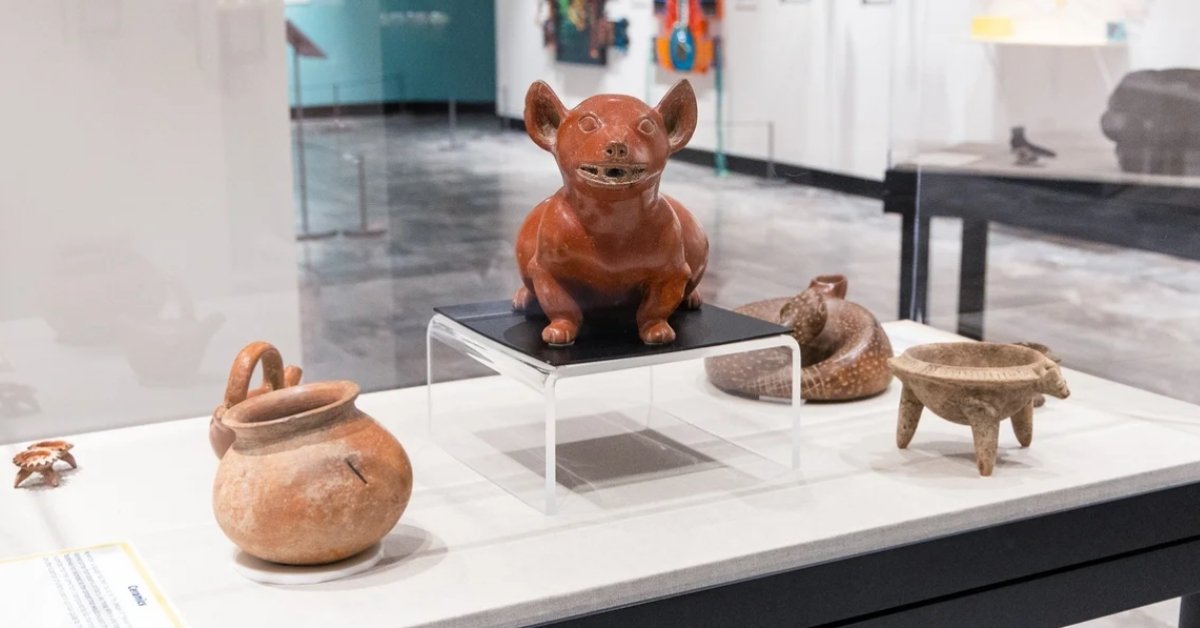This story by Kate Pattison, from the RMIT University, was originally posted by The Conversation.
This week, Harry Styles finally kicked off the Australian leg of his much anticipated tour. Fans have been preparing for months, creating handmade outfits and learning the “boot scoot” — a dance associated on tour with Styles’ song Treat People With Kindness.
As one of the world’s biggest pop stars, the ex-One Direction singer has amassed millions of fans, referred to as “Harries”.
You’d be hard pressed to find an article about Styles that doesn’t mention his fans.
They’ve sold out shows in minutes, taken over TikTok trends and camped outside venues. They’re also a highly creative bunch of young people, using their fandom to learn new skills that will carry them forward in many aspects of their lives.
Fan creativity
Fandoms can be spaces where young people develop important transferable creative skills. Fans are mastering video-editing skills to remix existing footage into fan edits, learning coding and web design to customize fan sites, and creating organized marketing campaigns to promote their idols’ music and help them win awards.
My research shows these skills have positive flow-on effects into other areas of fans’ lives, including their careers.
The relationship between creativity and fandom isn’t new. Fan productivity has been a central focus of fan studies research since the early 1990s, and there have been great case studies on fans of The Beatles, hardcore music, and K-pop, just to name a few.
Today, the rise of social media platforms means fan creativity is being showcased to a much wider audience.
Fans create and circulate user-generated content, such as fan fiction, video edits or graphics, often referred to as “fan-art”.
Spend some time on TikTok and you’ll see intricate cookie designs, ceramics, and tour outfit illustrations all inspired by Styles.
Fashion, fiction, and finding deeper meaning
A fandom is essentially a group of like-minded people coming together over a shared interest. Being part of a music fandom means there is a captive audience with whom to share your work. Fellow fans provide encouragement, feedback and recognition.
Learning a new skill takes practice. Dedicated fans are spending a significant amount of their spare time interacting in these communities, developing creative skills as they participate.
This community aspect of fandom creates a supportive, peer-to-peer learning environment where expertise is distributed among fans. The shared sense of belonging creates a safe space where fans feel comfortable to experiment with their work.
In my research, I surveyed 63 fans of Styles to get a better idea of just what skills they are learning through their fandom. Their answers included:
- graphic design. As fans create posters, art and graphics, they’re learning how to use Photoshop and developing their own design style.
- sewing. Inspired by Styles’ own love of fashion, it’s become customary to dress up for Love On Tour. His New York show actually caused a shortage of feather boas across the city after Styles wore one on stage. Fans have been designing their own merchandise, and learning how to sew by observing other fans.
- writing. Engaging in fan fiction communities can help fans develop important literary skills through writing, reading, collaborating and critiquing texts. On the popular fan fiction site Wattpad, there are more than 270,000 stories under the tag “Harry Styles”, some which have attracted millions of readers.
- close reading. By analyzing lyrics and music videos, fans are developing close reading strategies, seeking out small details and extracting meanings.
- digital literacy. Fans have been recognized as early adopters of the internet. Their ability to jump onto new platforms has been referred to as “fan literacy”. By observing trends and seeing what’s popular, fans are learning how to create engaging content across social media platforms.

Participation potential
Realizing their capabilities and potential, and gaining confidence in their own abilities flowed into other aspects of the fans’ lives. The accumulation of these skills was helpful in preparing them for the workplace.
As one Styles fan explained:
"It taught me how to create engaging content, how to interact with people on the internet, what looks unprofessional, and also how to do design elements and marketing strategies."
In my PhD research, I’ve found fan participation can become a stepping stone for aspiring creative professionals.
One Styles fan, who is now working in media design, said:
"By trying out so much in Photoshop for fandom edits, I learnt a lot and was able to express myself and experiment freely. Getting so much encouragement and positive feedback, that kept me so productive."
Fan-made creations can provide a body of creative work fans can include in their portfolio when applying for jobs in the creative industries.
However, these skills can be overlooked because of gendered views of fan culture. Pop musicians such as Styles have predominantly female audiences, and cultural products associated with girls are frequently looked down upon.
It’s hard to forget the time GQ Magazine described a typical One Direction fan as a:
"rabid, knicker-wetting banshee who will tear off her own ears in hysterical fervor when presented with the objects of her fascinations."
Yikes.
These assumptions are limiting the opportunities for fans to leverage their skills.
From fandom to creative futures
Pop music fandom is often considered trivial and childish, positioned as a phase fans must grow out of. Because of this, we don’t often consider how being a fan could actually be useful in adult environments, such as the workplace.
While perceptions of female fans are shifting, these overarching stereotypes mean fangirls are often dismissed as obsessive or juvenile. But this is a limited view of their experiences and capabilities. Pop music fans are acquiring valuable skills which can set them up for future success in other areas of their lives.
As Styles said in a Rolling Stone article:
How can you say young girls don’t get it? They’re our future.
It’s time we start taking fans seriously.





